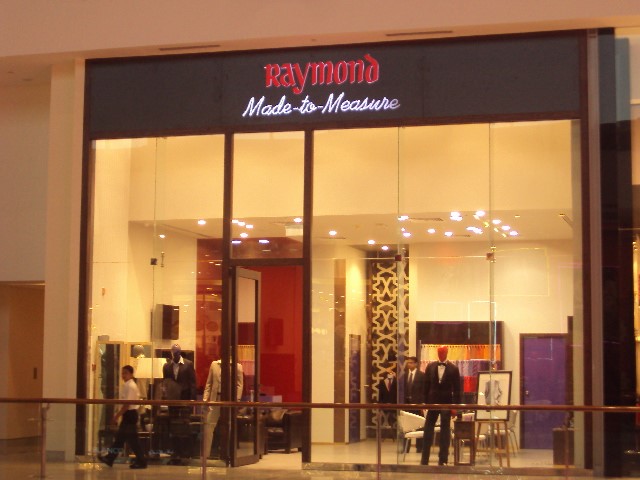Introduction
Raw materials form a critical part of manufacturing as well as service organization. In any organization, a considerable amount of material handling is done in one form or the other. This movement is either done manually or through an automated process. Throughout material, handling processes significant safety and health; challenges are presented to workers as well as management. Therefore, manual material handing is of prime concern for health and safety professional, and they must determine practical ways of reducing health risk to the workers.
Material Handling
Manual material handling ranges from movement of raw material, work in progress, finished goods, rejected, scraps, packing material, etc. These materials are of different shape and sizes as well as weight. Material handling is a systematic and scientific method of moving, packing and storing of material in appropriate and suitable location. The main objectives of material handling are as follows:
- It should be able determine appropriate distance to be covered.
- Facilitate the reduction in material damage as to improve quality.
- Reducing overall manufacturing time by designing efficient material movement
- Improve material flow control
- Creation and encouragement of safe and hazard-free work condition
- Improve productivity and efficiency
- Better utilization of time and equipment
It is critical for manufacturing organization to identify importance of material handling principle as the critical step in promoting the job improvement process. Manual material handling significantly increases health hazard for the workers in from lower back injuries.
In the current competitive and globalized environment, it is important to control cost and reduce time in material handling. An efficient material handling process promotes:
- Design of proper facility layout
- Promotes development of method which improves and simplifies the work process
- It improves overall production activity.
- Efficient material handling reduces total cost of production.
Principles of Material Handling
Material handling principles are as follows:
- Orientation Principle: It encourages study of all available system relationships before moving towards preliminary planning. The study includes looking at existing methods, problems, etc.
- Planning Principle: It establishes a plan which includes basic requirements, desirable alternates and planning for contingency.
- Systems Principle: It integrates handling and storage activities, which is cost effective into integrated system design.
- Unit Load Principle: Handle product in a unit load as large as possible
- Space Utilization Principle: Encourage effective utilization of all the space available
- Standardization Principle: It encourages standardization of handling methods and equipment.
- Ergonomic Principle: It recognizes human capabilities and limitation by design effective handling equipment.
- Energy Principle: It considers consumption of energy during material handling.
- Ecology Principle: It encourages minimum impact upon the environment during material handling.
- Mechanization Principle: It encourages mechanization of handling process wherever possible as to encourage efficiency.
- Flexibility Principle: Encourages of methods and equipment which are possible to utilize in all types of condition.
- Simplification Principle: Encourage simplification of methods and process by removing unnecessary movements
- Gravity Principle: Encourages usage of gravity principle in movement of goods.
- Safety Principle: Encourages provision for safe handling equipment according to safety rules and regulation
- Computerization Principle: Encourages of computerization of material handling and storage systems
- System Flow Principle: Encourages integration of data flow with physical material flow
- Layout Principle: Encourages preparation of operational sequence of all systems available
- Cost Principle: Encourages cost benefit analysis of all solutions available
- Maintenance Principle: Encourages preparation of plan for preventive maintenance and scheduled repairs
- Obsolescence Principle: Encourage preparation of equipment policy as to enjoy appropriate economic advantage.
characteristics of materials handling
The include the following:
- size (width, depth, height);
- weight (weight per item, or per unit volume);
- shape (round, square, long, rectangular, irregular)
- other (slippery, fragile, sticky, explosive, frozen)
Materials handling as such is not a production process and hence does not add to the value of the product. It also costs money; therefore it should be eliminated or at least reduced as much as possible.
Different types of material handling equipment
- Transport Equipment. Equipment used to move material from one location to another.
- Positioning Equipment. Equipment used to handle material at a single location (e.g., to feed and/or manipulate materials so that are in the correct position for subsequent handling, machining, transport, or storage).
- Unit Load Formation Equipment. Equipment used to restrict materials so that they maintain their integrity when handled a single load during transport and for storage. If materials are self-restraining (e.g., a single part or interlocking parts)
- Storage Equipment. Equipment used for holding or buffering materials over a period of time. Some storage equipment may include the transport of materials (e.g., the S/R machines of an AS/RS, or storage carousels).
- Identification and Control Equipment. Equipment used to collect and communicate the information that is used to coordinate the flow of materials within a facility and between a facility and its suppliers and customers.
Transport Equipment
Industrial Trucks
- Hand truck
- Pallet jack
- Walkie stacker
- Pallet truck
- Platform truck
- Counterbalanced lift
- Personnel and burden carrier
- Automatic guided vehicle
- Narrow-aisle straddle truck
- Narrow-aisle reach truck
- Turret truck
- Order picker
- Sideloader
- Tractor-trailer
- truck
A hand truck –
It Can be used to transport fabric roll in small quantity
Automatic guided vehicle –
Very much costly equipment Can be used to transport expensive material like electrical equipment Can not be used in the garment.
Personnel and burden carrier –
These Can’t be used in garment factory Because required more space to turn & driver cant keep watch on material.

Fork lift truck –
Can be used to transport rolls
Side loader
To unload the material from container this type of trucks you can use
Order picker
Here man can stand in the lifter and pick up the required roll of fabric

Turret truck














